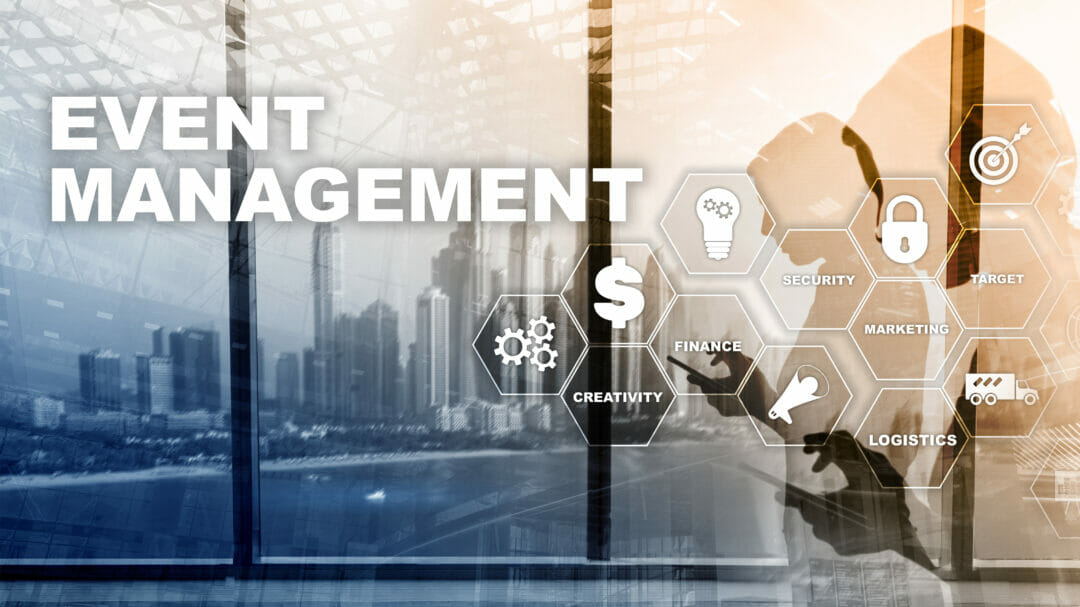Over the course of the past year, new trends and threats have emerged, leading to a rise in new risk paradigms and organisations scrambling to prepare themselves for unexpected global shock. A recent Forrester report has revealed that a high number of companies experienced several critical incidents in the last two years, referring to damage suffered from severe weather, intellectual or physical property theft, IT failure and cyber attacks. To make matters worse, hybrid workforces have underscored a new wave of challenges that businesses must circumnavigate along with new opportunities to capture when managing evolving risks and building enterprise resilience.
Before the pandemic, physical and digital events were often thought about as separate entities, however, the global adoption of hybrid working at scale has evolved this mindset. Unfortunately, as a result of existing siloed risk management and response plans that aren’t always standardised, organisations face heavy commercial and reputational loss if affected by a critical event. As such, board members and executives have begun taking a proactive critical event management approach, in order to ensure their readiness for any emerging enterprise threat and to respond, recover and thrive from any disruptive incident.
What is Critical Event Management (CEM), and what does it protect against?
This new hybrid working culture opens the door to a plethora of new threats, requiring a new type of security and environment with converged risk management. While individual departments tend to invest in technologies and management plans to anticipate and respond to potential critical threats, these tend to be siloed to one business unit, which doesn’t prove as effective for the enterprise as a whole. In fact, siloed responses hinder the eventual response, because when teams lack a common operating framework and are forced to work together, it compromises the effectiveness of the preparedness efforts, which need a full threat picture across the entire business.
By having a critical event management plan in place, organisations can be more ready to face the ever-changing threat-landscape, which will allow them to respond more quickly and efficiently to critical incidents. An integrated strategy across all sectors of the business will enable organisations to prepare for natural, human-made or digital incidents that pose a serious risk or threats to assets or people; be it severe weather, terrorism, civil unrest and protests, system failures, cyber attacks, data breaches or infectious diseases. In this way, businesses will have a single, easy-to-use strategic plan that simultaneously supports business continuity, disaster recovery, emergency response, natural disaster, IT incident risk management, mass notifications and communication.
Why a new approach to eDiscovery is needed to decrease corporate risk
What are the four components of Critical Event Management?
When identifying a CEM platform, organisations should look for the following features:
- Intelligence: a CEM platform that can proactively assess potential threats before they manage to develop into full-blown critical events. It should also provide built-in risk intelligence and data feeds supported by analysts around the clock. The platform should also offer organisations thousands of sources of data from weather through to information on the dark web, which the platform then filters and categorises according to their risk factor, simplifying the response process.
- Correlation: the CEM platform should provide a dynamic correlation engine, which aligns risk events to assets and combines static location, expected location and last known location of people and assets to determine who or what may be impacted during the incident.
- Orchestration: in addition, the platform should also offer automated workflows which allow organisations to continuously monitor for threats, while automating and orchestrating SOPs, communications and action plans during the crisis to ensure the right action is always taken.
- Analytics: finally, integrated metrics will guarantee that the incidents are responded to and mitigated in the right way at the right time, helping organisations understand the effectiveness of their own actions and how they can improve for future cases.
How can Critical Event Management help organisations?
While threats are always changing, it is becoming increasingly difficult to predict and respond to crises. In such unpredictable circumstances, a detailed emergency plan is vital for business continuity. Critical events can arise in any line of business and spread quickly throughout the entire organisation. With a good CEM strategy, organisations will be able to avoid this as the programme will be integrated across all business sectors and provide intelligence to analyse any potential threats and their impact. Not only will this enable effective, interdepartmental communications, but teams will have a more dynamic and consolidated view of threats. The automated functionality of CEM will assess and respond to threats and capture any valuable information for critical event reporting. This will contribute toward greater operational efficiency, reduced costs and better situational awareness and response visibility across the whole enterprise.
When it comes to the evolving threat landscape, Critical Event Management can provide valuable security and assurance for organisations. Having such a plan in place will facilitate faster recovery of operations and avoid monetary loss and reputational damages while supporting enterprises in their move toward a proactive crisis prevention approach. Ultimately, the COVID-19 pandemic has highlighted the pressure organisations face to secure themselves against the next global threat or shock. In reality, they need to be prepared for anything and CEM will allow them to do exactly this. Being able to assess the risk they are up against will help them secure their digital and physical assets and protect their employees and customers from disaster.








